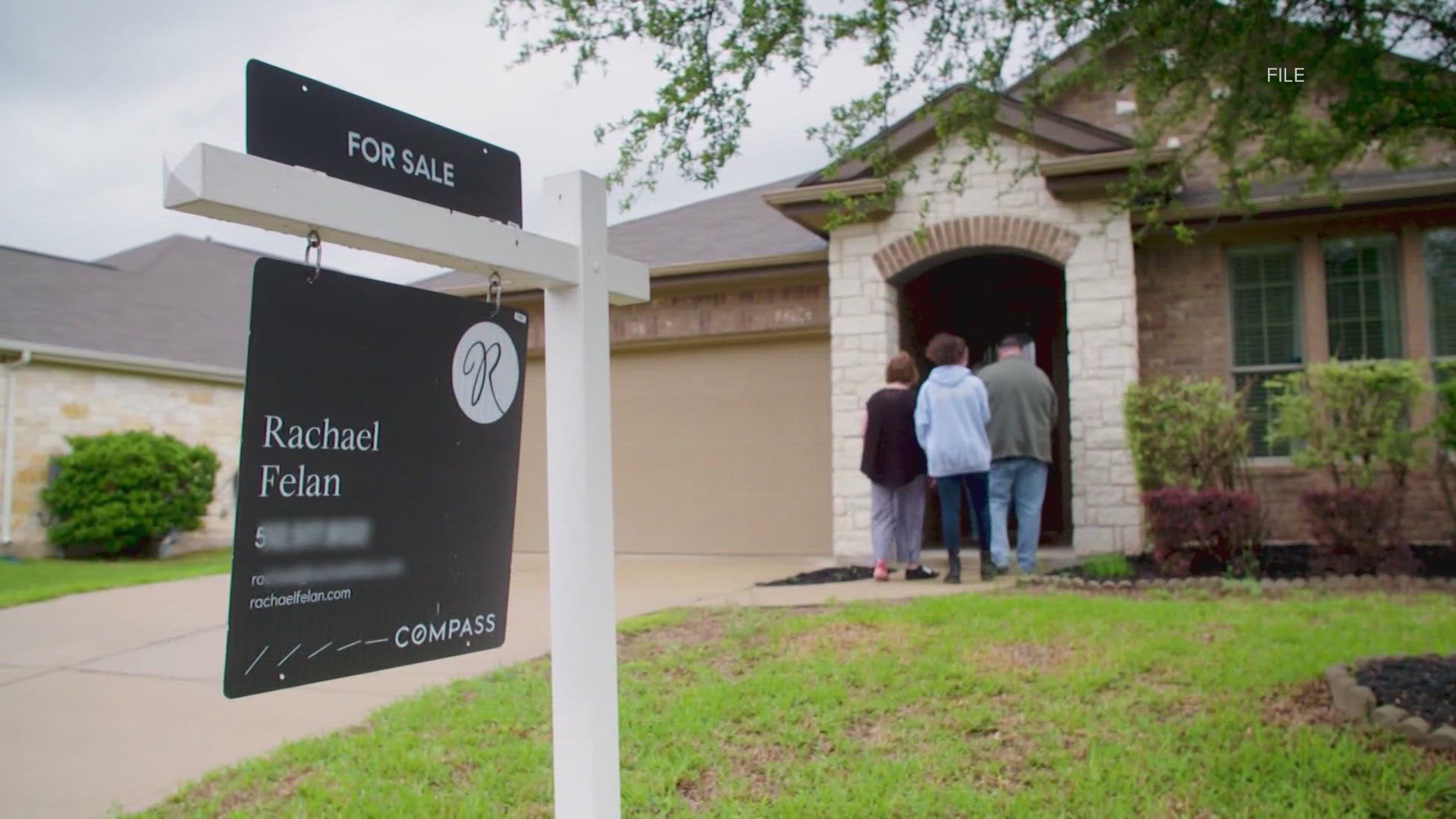SEATTLE — As of Nov. 1, the national average mortgage rate, depending on the type of loan, is hovering just above or below seven percent.
Mortgage rates are "likely to ease" in light of the Federal Reserve’s Sept. 18 announcement that it would cut the federal funds rate by half of a percentage point (50 basis points) — and that it would consider additional cuts before the end of 2024.
Whether now is the time to buy or refinance your home loan based off the latest mortgage rates - being prepared with the appropriate funds should be part of your ongoing savings plans.
"To start your budget, first figure out what your goals are with a home," said Conner Gehring, a private wealth advisor with Northwestern Mutual. "What amenities and features are ‘needs’ versus ‘wants'? This will help lay a foundation of what is a necessity in a house and what you can live without if it leads to an increase in price."
Gehring said you can start a home-buying budget by dividing your income in a few ways.
One of the most common is the 28/36 rule. This means that 28 percent (or less) of your gross monthly income is spent on your housing, including your mortgage, and 36 percent (or less) of your gross monthly income will service your debt, also including your mortgage.
It's important tp consider all costs, Gehring said, when it comes to homebuying or refinancing. Closing costs in a new or refinanced mortgage can often cause last-minute financial headaches for families.
"The seller is responsible for a few closing costs, but typically the buyer covers the majority of them," Gehring said. "Closing costs can vary widely depending on where an individual lives, but generally it will be two to four percent of the home’s purchase price."
To hear more budgeting recommendations from Gehring - click the video player above.

